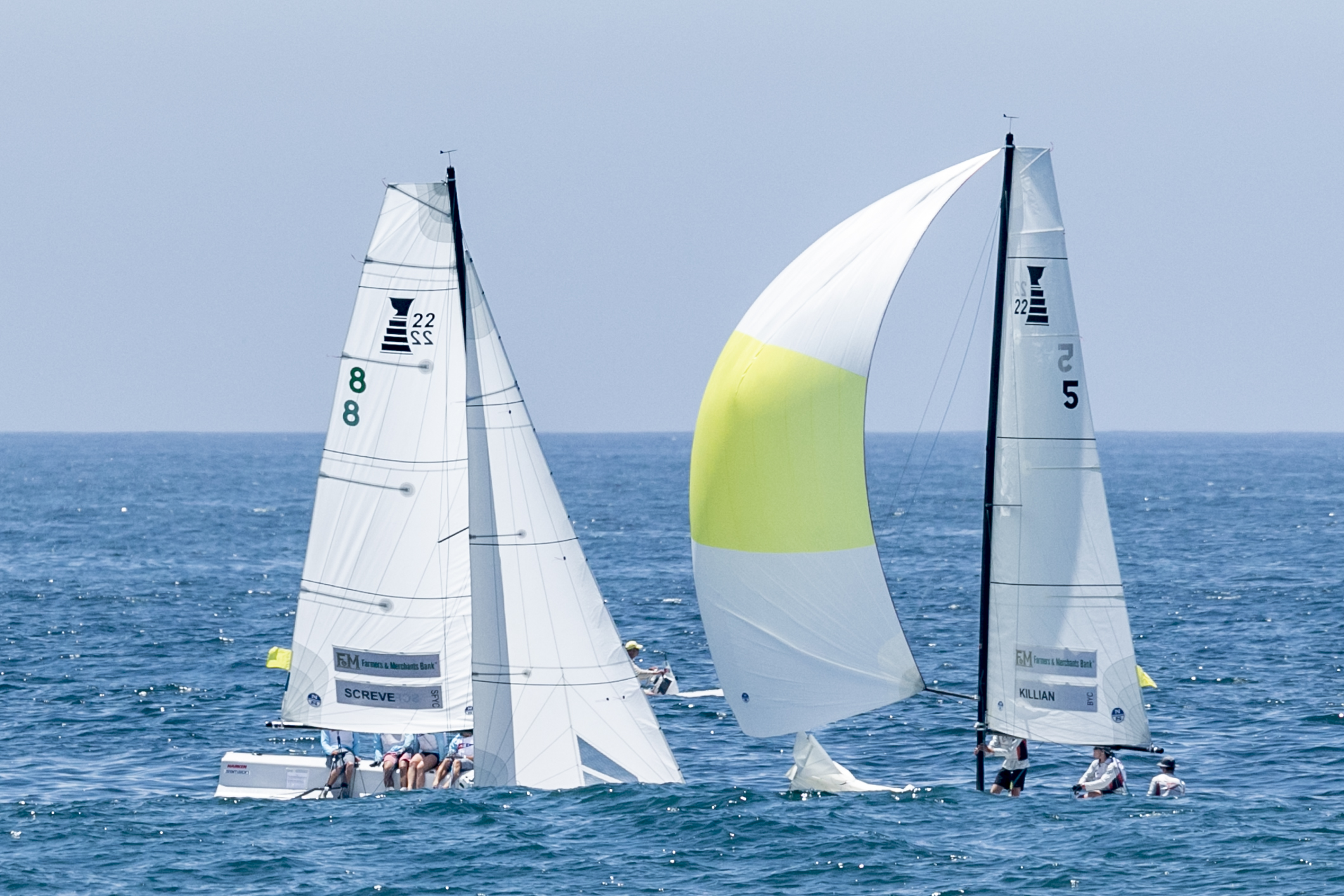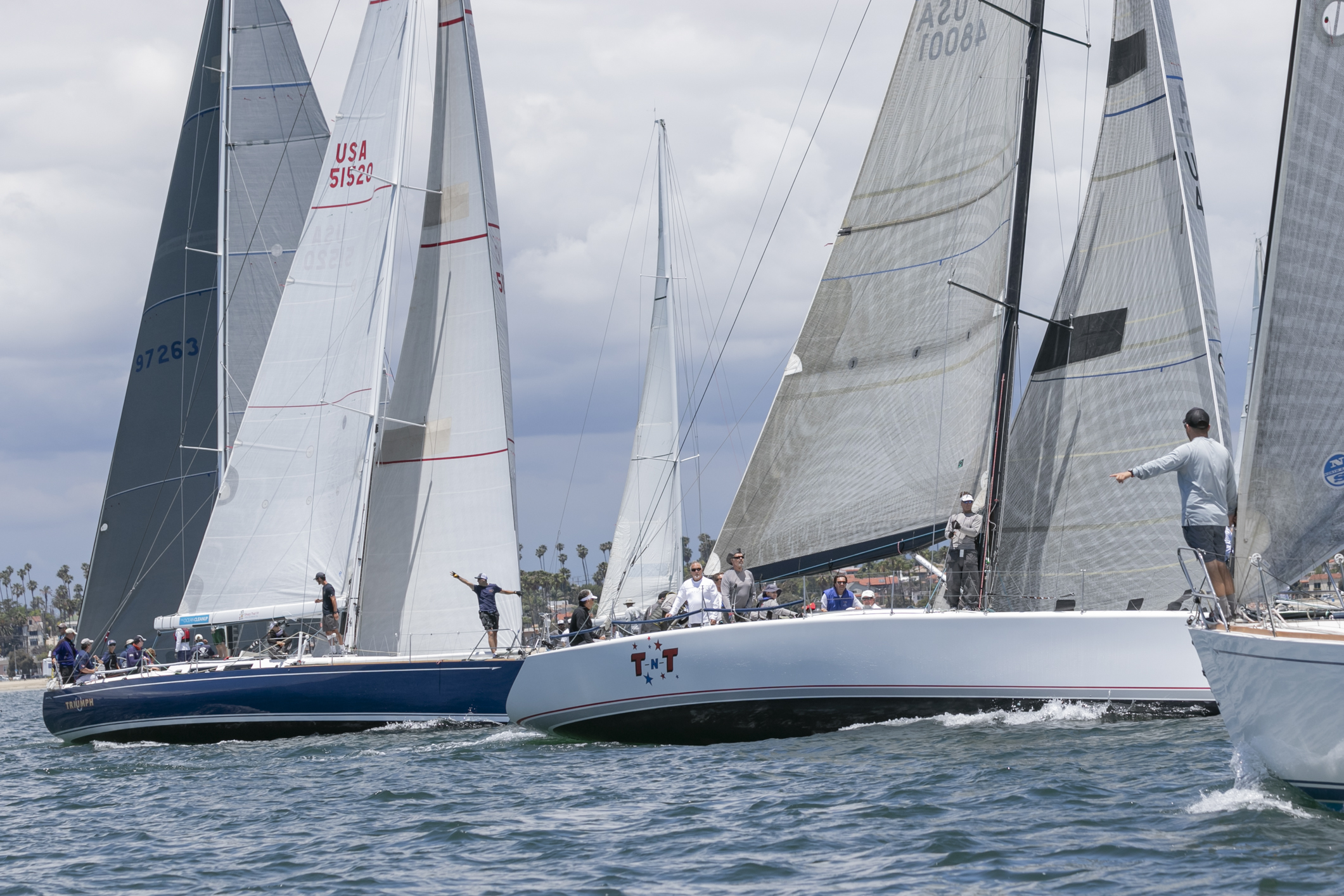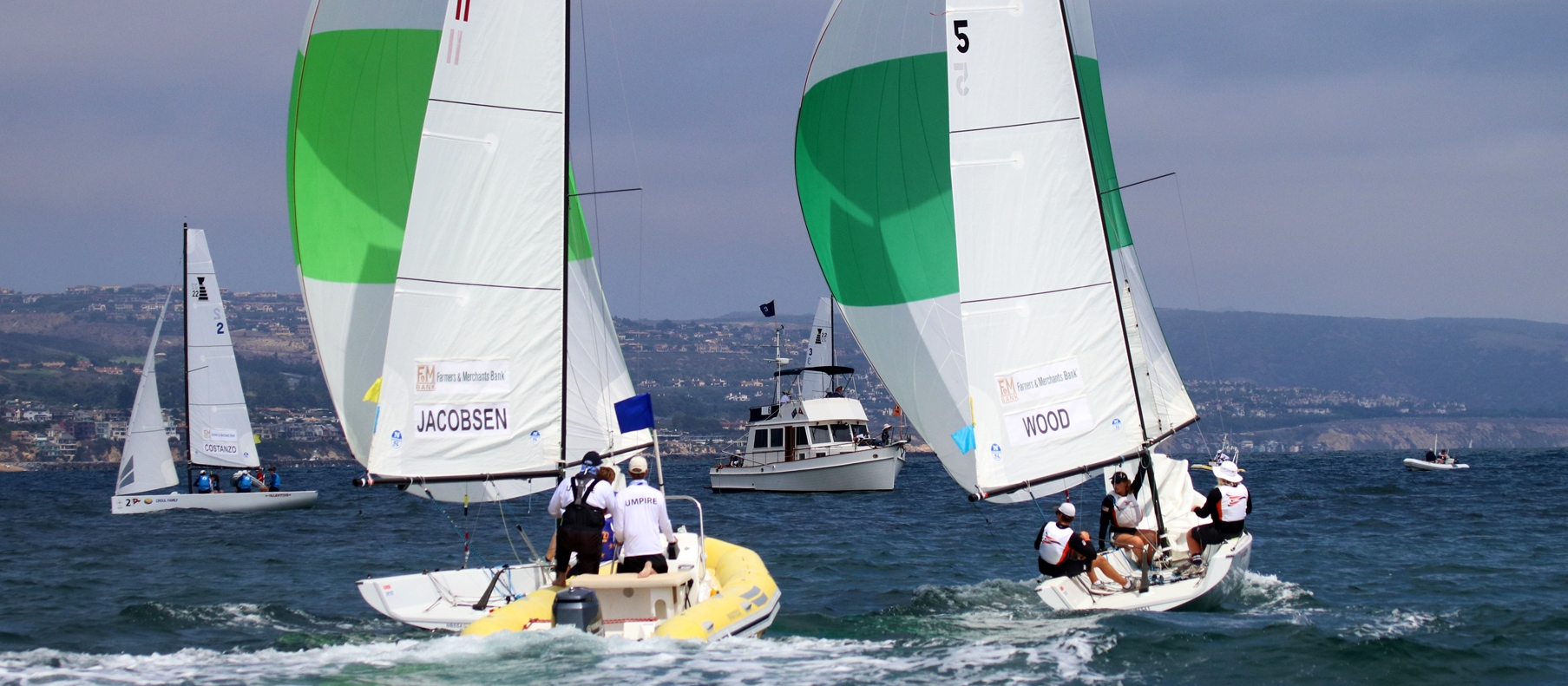Ahoy!
Great news for boaters as the start of a major lower bay dredging project in Newport Harbor began this week in the Rhine Channel. This dredging project should take the Rhine Channel off of the US Environmental Protection Agency’s list of national toxic hot spots. The channel is a toxic hot spot due to the levels of mercury and chromium in the bay sediment, and these elements can accumulate to harmful levels in the tissue of invertebrates, fish, and mammals.
A few of the old timers around the harbor, who I have spoken with in the past, attribute the pollution to the shipyards – mercury was in the bottom paint on wooden naval ships. Mercury was used on bottoms because it will not attract an enemy’s magnetic mines, which would be attracted to a metal-hulled ship. This is why minesweepers’ hulls were wooden – vessels of that size that would normally have been metal for the Navy.
South Coast Construction Co along the Rhine Channel built and serviced Yard class minesweepers during World War II. To name a couple of boats built were number 2261 with the keel laid June 9, 1942 and launched on September 25, 1942 at an estimated cost of $320,000. This boat was transferred to the Royal Navy on July 9, 1943 then to Greece in 1947 where it was known as the Andromeda until her decommissioning in 1967.
However, the most well known minesweeper is number 328 that was built by the Ballard Marine Railway in Ballard, WA, and delivered on May 26 1943. After the war, in 1946, this boat was sold to a private party, and almost 20 years later caught the eye of John Wayne. Wayne brought the now-named Wild Goose in 1965 and converted it to a private yacht that calls Newport Harbor home port to this day. Presently, the Wild Goose is being operated by the Hornblower Cruises, which is chartering the vessel, and believe me she looks completely different from her original out-of-the-yard design.
The South Coast shipyard may not be to sole source of the mercury as other shipyards lined the Rhine Channel, however, there does appear to be a sole or major source for the chromium. Chromium is heavily used in the plating facilities, and there was one such facility, Newport Plating, at 2810 Villa Way in Cannery Village. Past testing did reveal chromium in excessive levels in the soil under the plating facility, and in the nearby groundwater.
There is a storm drain at the south end of the property, and this drain leads directly to the Rhine Channel. Other testing showed the chromium may have entered the soil through a floor drain for any spills or runoff from the plating process. The plating facility closed in March 1988, and in 1990 the case was referred to the state Attorney General to force the property owner to begin cleanup.
But, I digress – back to dredging.
Dredging is vital to maintain safe passage in our Harbor’s navigational waterways so the commercial and recreational vessels can use the bay. I think that we need to get back to common sense and prioritize our resources. The harbor’s maintenance dredging has been neglected for years, and I feel this is due to “out of sight, out of mind.” You can’t see the harbor bottom. Just think what would happen if a hillside slipped and blocked a street? The debris would be cleared away immediately. But for decades boaters have been hitting the bottom of the bay, with a few groundings. Finally, there’s help for boaters with this dredging project for the Rhine Channel and a few other spots in the bay.
Keep in mind the tremendous and unquestionable economic value and recreational opportunities that the harbor provides. So, it is about time to give back and tend to the ol’ girl with a little dredging.
I will have more, much more, on the dredging, so stay tuned.
And don’t forget: Tune in to the No. 1 boating radio talk show in the nation, Capt. Mike Whitehead’s Boathouse Radio Show, broadcasting coast-to-coast on the CRN Digital Talk Radio syndicated network every Saturday at noon, Pacific Time and replayed on Sunday at 10 am Pacific. Join Chandler Bell and me as we talk about “all things boating.” You can find the station listings, cable TV channels, live streaming on the Internet, and now available are apps to listen to the show for your iPhone, Blackberry, iTouch, Android, Palm, and Windows Mobile at www.BoathouseTV.com or www.BoathouseRadio.com.
Until next week, Safe Voyages!




